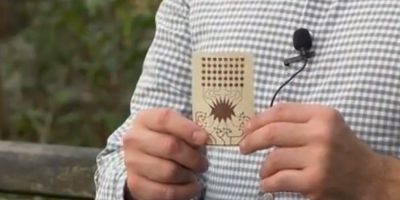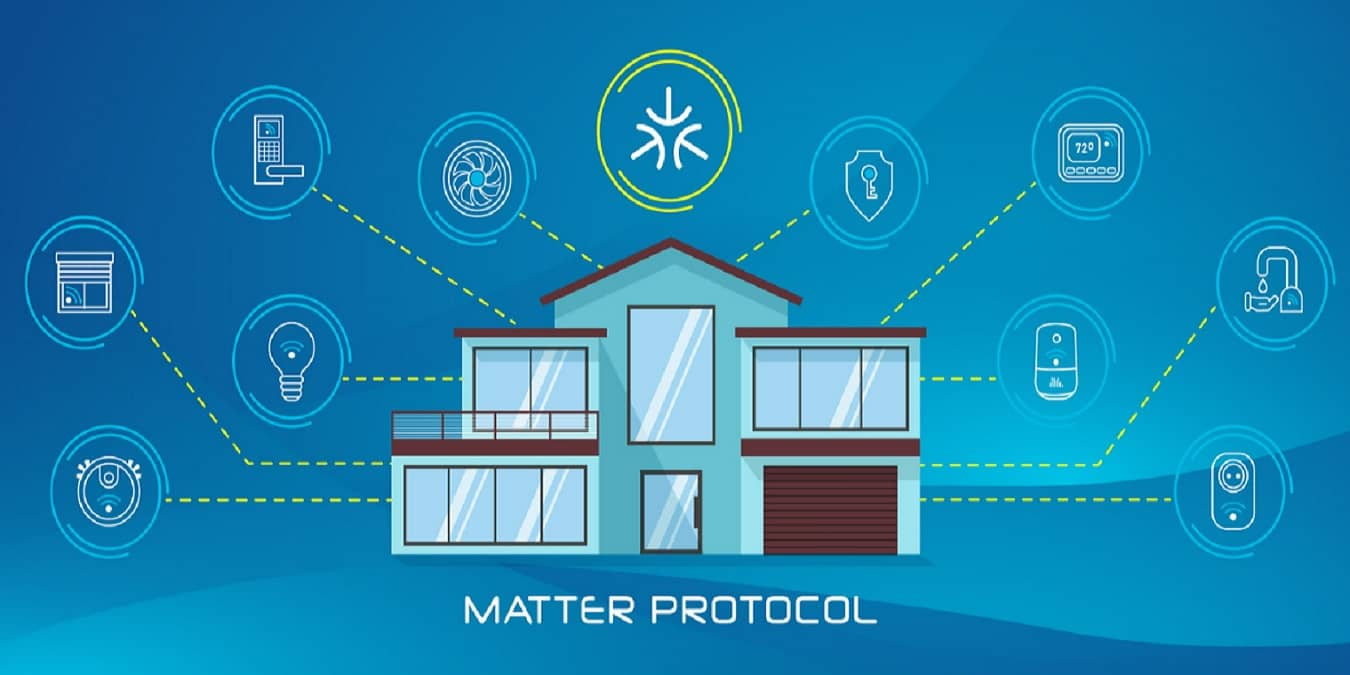
The dream of smart home unity may finally be here thanks to Matter. This next-gen smart home protocol helps all your various smart home devices play well together without numerous apps or complicated setups. Ideally, this will drastically change the future of smart home technology for the better.
What is Matter?
Before diving into the benefits and technical details, let’s explain what Matter actually is. Matter is a smart home standard that lets devices of all types and brands work together. It was first created by Project Connected Home Over lP (Project CHIP) in 2019, but is now fully maintained by the Connectivity Standards Alliance (CSA).
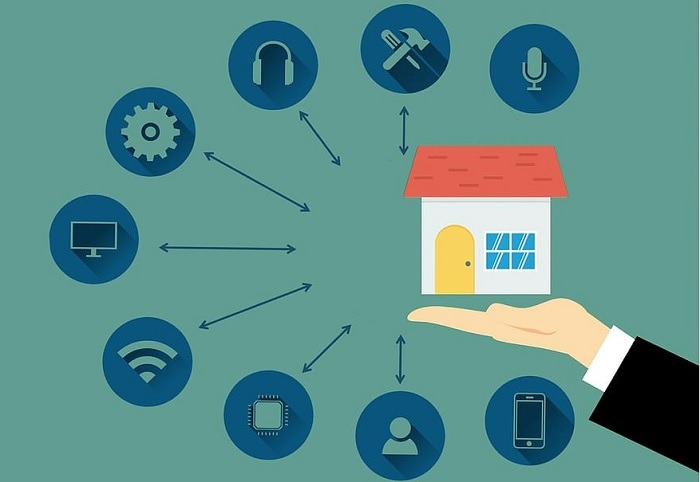
The purpose is to have an interoperability protocol that unites smart home devices regardless of the ecosystem they come from. For instance, Google, Amazon, Apple, Zigbee, and more will get along without having to manage each ecosystem separately.
Instead of numerous standards that try to force you into choosing a single line of products, Matter is an industry standard that eventually most all brands will use. It’ll make smart homes even more beneficial than ever.
Less Internet Dependence
One of the top problems with smart homes is if your Internet connection goes down, you essentially just have a traditional home. Most smart devices rely on the Internet and cloud services to function correctly.
Another major benefit of Matter is less reliance on the Internet to not only make individual devices work, but ensure your devices still communicate with each other during an Internet outage.
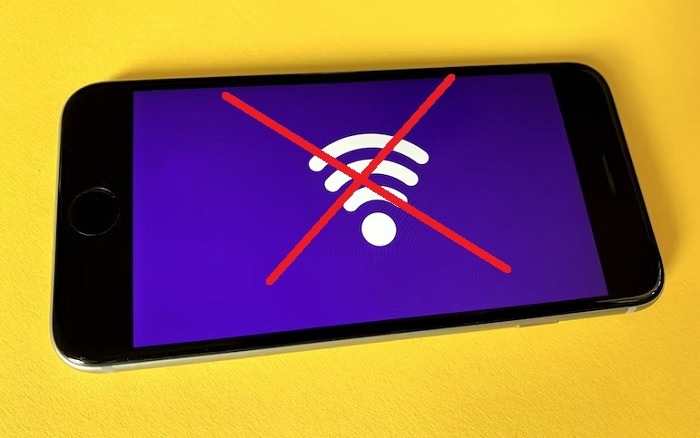
Matter lets your devices continue to communicate offline. Of course, Matter doesn’t do this on its own. Thread is a wireless protocol that works with Matter to provide offline capabilities. The mesh-based protocol is low power and lets your devices send wireless signals back and forth locally without any reliance on a cloud service.
In layman’s terms, if your Internet connection goes down, if you create a routine where your thermostat’s temperature changes and your living room lights turn on when you unlock your door’s smart lock, all this will still work as planned.
Big Names Already On Board
If you’re sick of checking packaging for “works with” to see if a product works with your current smart home ecosystem, this may soon be a thing of the past. Numerous big names are already on board, such as Amazon, Google, Samsung, Apple, and more. The CSA maintains a list of companies and products currently certified to use Matter.
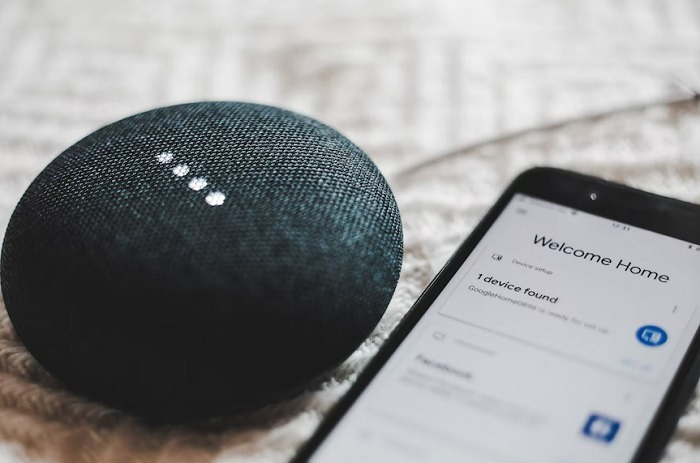
Amazon, Apple, and Google started rolling out firmware and app updates in late 2022 to support Matter. In fact, if you have a Matter-compatible device and use Google or Apple to manage your smart home, you’ll see a section for connecting devices using Matter and a list of your current Matter compatible devices.
Just Rolling Out
While all the major smart home systems already support Matter, the standard didn’t fully launch until the fall of 2022. As you might have guessed, it takes time for companies to update the firmware of their products to support Matter.
Of course, some older smart home devices may never be updated. Instead, you won’t get Matter support until you buy newer devices.
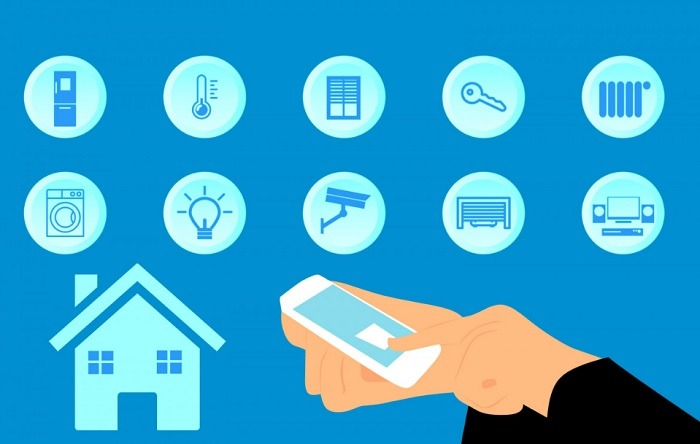
Currently, the first main version of Matter (Matter 1.0) utilizes more than just Thread for connectivity. It’ll also work with Bluetooth, Ethernet, and Wi-Fi, making it easier for more devices to support it.
Since the launch of Matter, more new devices are rolling out that are compatible with the newest industry standard for smart homes. Even if you’re not seeing many right now, expect to see an influx of devices throughout 2023.
Another issue to be aware of is Matter 1.0 still only supports limited types of devices and functions. The main categories Matter 1.0 supports includes:
- Lighting
- Locks
- Outlets
- Motion sensors
- TVs
- Thermostats
- Blinds
- Some bridges and wireless access points
While that seems like a lot, devices like refrigerators, robot vacuums, and even smoke detectors aren’t included just yet. However, they’ll likely be included in the next version of Matter. Even devices that are supported may not work fully. For example, a lock may only be able to lock or unlock versus utilizing codes or routines.
Using Matter in Your Home
You don’t need to toss out all your smart gadgets and start from scratch. All you need is a Matter controller to connect all your Matter-enabled smart devices. The great news is it doesn’t matter what brands your controller is. If it supports Matter, it’ll work with all your other Matter devices.
If you already have an Amazon Alexa, Google Home, Apple HomeKit, or Samsung SmartThings controller/hub in your home, you likely have a Matter controller. These brands are building support into their existing smart speakers, video devices, and hubs thanks to firmware updates.
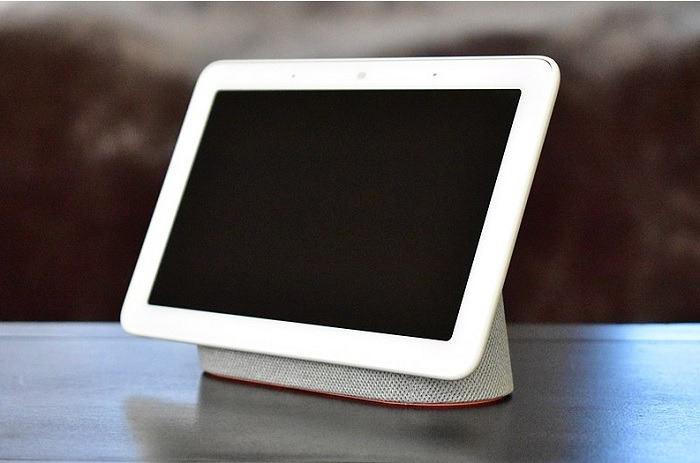
It does get more complicated if you want to also use Thread with Matter. This requires a Thread border router. The same brands as above are also building Thread border routers into their devices, so you get a 2-in-1 Matter controller and Thread border router. Some of the devices currently offering both include:
- Apple HomePod Mini and HomePod (2nd generation)
- Apple TV 4K (2021) and 4K Wi-Fi (2022)
- Google Nest Hub (2nd generation) and Hub Max
- Samsung SmartThings Station and Hub v3
- Aeotec SmartThings Smart Home Hub
- Amazon Echo (4th generation) with the 2023 update
Many more devices function as just as Matter controller, though.
Frequently Asked Questions
Do I need to manually update my devices?
Most smart home devices that are receiving firmware updates to support Matter will either do so automatically or you’ll get a notification about a firmware update. Just let the device update and you’re all set.
What if my device is never Matter compatible?
You can still continue to use it. Other protocols and ecosystems won’t just stop working overnight. While you might not get the benefits of Matter, you’ll still get the benefits of the device itself. You just might have to manage it using it a separate app or specific smart home automation system if necessary.
Image credit: Smart Home Perfected via Flickr
Get the best of IoT Tech Trends delivered right to your inbox!








